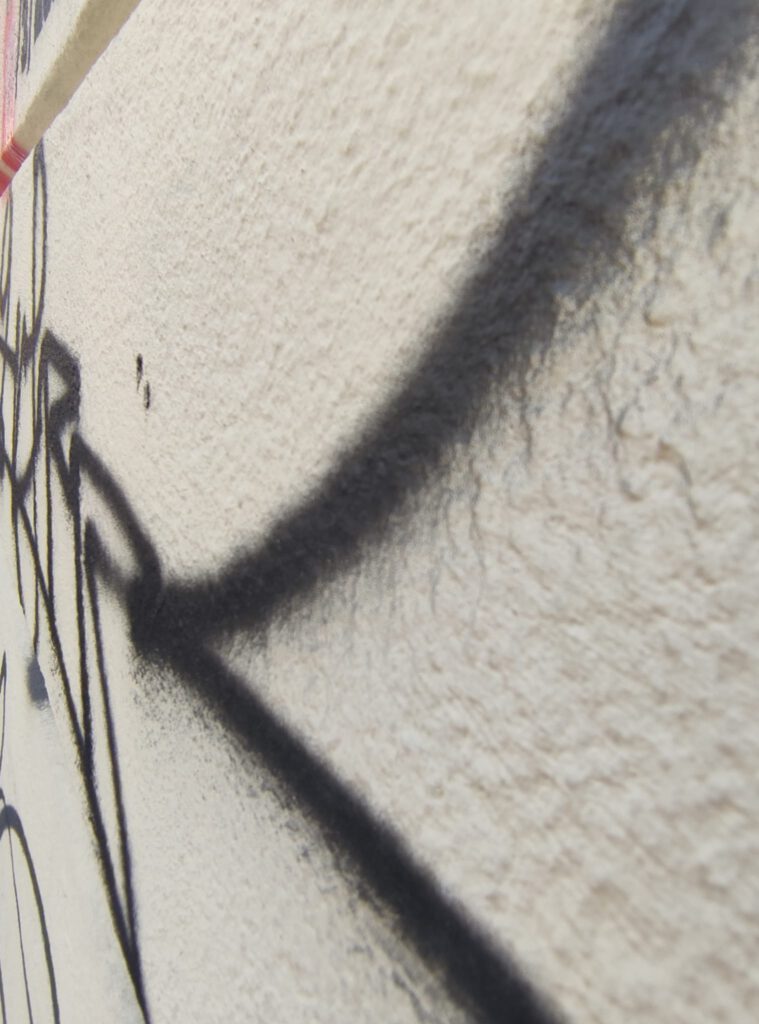The Story of Black Line Graffiti: Defining Urban Spaces with Bold Simplicity
Black line graffiti is a striking and minimalist form of street art that uses bold, black lines to create impactful visual statements. This style emphasizes simplicity and precision, transforming urban surfaces into canvases that speak through stark contrast and geometric clarity.
The Concept of Black Line Graffiti: Black line graffiti focuses on the use of black lines as the primary element of the artwork. These lines can vary in thickness and length, and are often used to form abstract shapes, intricate patterns, or even detailed imagery. The simplicity of the black line against a contrasting background allows for a powerful visual impact, making the art stand out with minimalistic elegance.
Origins and Evolution: The origins of black line graffiti can be traced back to the early days of graffiti and street art, where artists began experimenting with different styles and techniques. The black line approach gained prominence as artists sought to create clear, visually striking works that could be both accessible and compelling. This style evolved from earlier abstract and geometric art movements, incorporating elements of modern minimalism.
Techniques and Styles: Creating black line graffiti involves a precise application of black paint, typically using spray cans or brushes. Artists often start with a clear design or concept, allowing the simplicity of the lines to convey their message. Techniques might include layering lines for depth, using varying thicknesses for emphasis, and incorporating negative space to enhance the overall composition. The result is a clean and bold aesthetic that commands attention.
Cultural and Artistic Impact: Black line graffiti represents a shift towards minimalist art in the street art world. By focusing on the stark contrast of black lines, artists create works that are both modern and timeless. This style challenges traditional notions of graffiti and street art by emphasizing clarity and simplicity. It also reflects broader trends in contemporary art, where minimalism and geometric design play a significant role.
Notable Artists and Works: Several artists have made notable contributions to the black line graffiti genre. “Hush,” known for his fusion of street art and contemporary styles, often employs black lines to create striking visual narratives. Similarly, “Zephyr,” a pioneering graffiti artist, has used bold lines and geometric forms to define his unique artistic voice. Their work exemplifies the power and versatility of black line graffiti.
Public Perception and Challenges: Black line graffiti is generally well-received for its aesthetic simplicity and modern appeal. However, like all forms of graffiti, it can face challenges related to legality and public perception. Unauthorized graffiti, even in minimalist styles, can lead to conflicts with property owners and legal issues. Despite this, the growing acceptance of street art as a legitimate form of expression has helped to mitigate some of these challenges.
The Future of Black Line Graffiti: The future of black line graffiti looks promising as artists continue to explore new ways to incorporate minimalist design into their work. Advances in technology and materials may provide new tools and techniques for creating black line art, while the increasing recognition of street art’s artistic value ensures that this style will continue to evolve and inspire.
Conclusion: Black line graffiti is a powerful form of street art that uses simplicity and contrast to create striking visual statements. By focusing on bold, black lines, artists transform urban spaces into modern canvases that reflect clarity and precision. As this style continues to evolve, it will remain a significant and influential part of the street art landscape.
